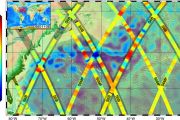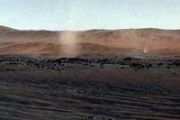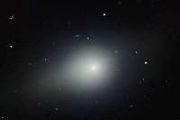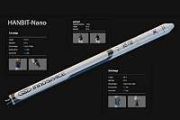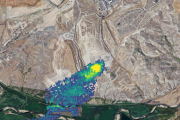
Copernical Team
The future’s magnetic pull
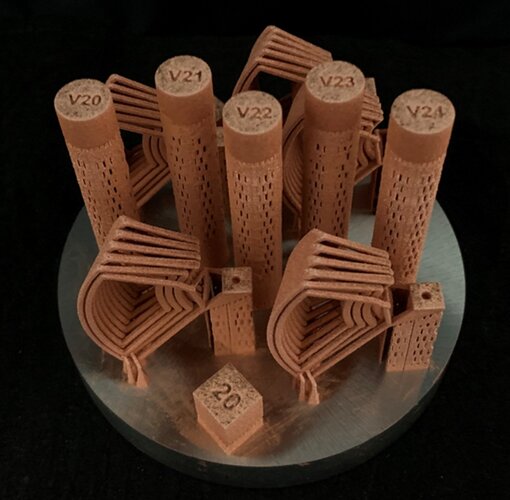 Image:
The future’s magnetic pull
Image:
The future’s magnetic pull 30 years of ESA innovation: GSTP
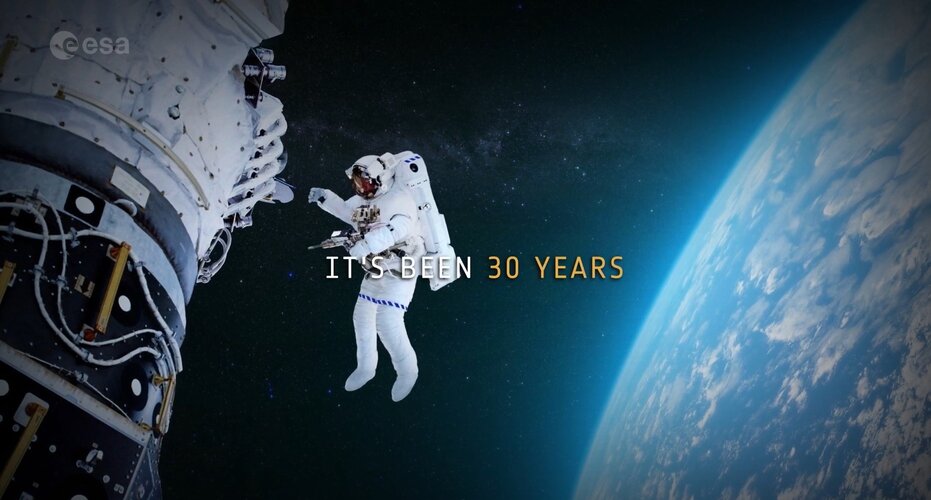
30 years of ESA innovation: GSTP
Giant planets cast a deadly pall
 Giant gas planets can be agents of chaos, ensuring nothing lives on their Earth-like neighbors around other stars. New studies show, in some planetary systems, the giants tend to kick smaller planets out of orbit and wreak havoc on their climates.
Jupiter, by far the biggest planet in our solar system, plays an important protective role. Its enormous gravitational field deflects comets and
Giant gas planets can be agents of chaos, ensuring nothing lives on their Earth-like neighbors around other stars. New studies show, in some planetary systems, the giants tend to kick smaller planets out of orbit and wreak havoc on their climates.
Jupiter, by far the biggest planet in our solar system, plays an important protective role. Its enormous gravitational field deflects comets and Bewitched Battery: Sols 3994-3995
 Earth planning date: Monday, October 30, 2023: Mondays are scary enough, so the team was extra spooked when the morning's downlink showed our incoming power state as lower than what we planned. Ghosts of Mars? (A movie I recommend, by the way) Maybe... but if our rover was in a scary movie she'd be the last one standing. And so our team began a willowy plan this Hallows' Eve to continue on our D
Earth planning date: Monday, October 30, 2023: Mondays are scary enough, so the team was extra spooked when the morning's downlink showed our incoming power state as lower than what we planned. Ghosts of Mars? (A movie I recommend, by the way) Maybe... but if our rover was in a scary movie she'd be the last one standing. And so our team began a willowy plan this Hallows' Eve to continue on our D The first 'birder's guide' to meteor showers
 The SETI Institute is proud to announce a new book by SETI Institute meteor astronomer Dr. Peter Jenniskens. Called "Atlas of Earth's Meteor Showers," this comprehensive guide describes over 500 meteor showers that appear in our night skies and adds a wealth of detail to the tapestry of our solar system.
"Just as in a birder's guide, the book describes the outward appearance, range, season
The SETI Institute is proud to announce a new book by SETI Institute meteor astronomer Dr. Peter Jenniskens. Called "Atlas of Earth's Meteor Showers," this comprehensive guide describes over 500 meteor showers that appear in our night skies and adds a wealth of detail to the tapestry of our solar system.
"Just as in a birder's guide, the book describes the outward appearance, range, season Lucy Ready for first Asteroid encounter
 NASA's Lucy spacecraft is on track for its first asteroid encounter on Nov. 1. Lucy's optical navigation team has confirmed that the latest trajectory correction maneuver on Sept 29 accurately set the spacecraft on course for its flyby of the small main belt asteroid Dinkinesh. The spacecraft is anticipated to pass approximately 265 miles (425 km) from the asteroid at 12:54 p.m. EDT.
On Oc
NASA's Lucy spacecraft is on track for its first asteroid encounter on Nov. 1. Lucy's optical navigation team has confirmed that the latest trajectory correction maneuver on Sept 29 accurately set the spacecraft on course for its flyby of the small main belt asteroid Dinkinesh. The spacecraft is anticipated to pass approximately 265 miles (425 km) from the asteroid at 12:54 p.m. EDT.
On Oc SpinLaunch announces new leadership roles
 SpinLaunch, a pioneering space company enabling rapid and sustainable low-cost access to space, has announced major executive appointments that will provide the company with additional expertise in global investments, partnerships, commercialization, and go-to-market strategy.
Aerospace pioneer and investor Domhnal Slattery has been elected Chairman of SpinLaunch's Board of Directors. In h
SpinLaunch, a pioneering space company enabling rapid and sustainable low-cost access to space, has announced major executive appointments that will provide the company with additional expertise in global investments, partnerships, commercialization, and go-to-market strategy.
Aerospace pioneer and investor Domhnal Slattery has been elected Chairman of SpinLaunch's Board of Directors. In h ULA and SpaceX share 21 mission assignments from SSC for FY24
 Space Systems Command (SSC) has outlined 21 mission assignments as part of the Fiscal Year 2024 (FY24) National Security Space Launch (NSSL) Phase 2 Launch Service Procurement contract. Marking the final order year for Phase 2 of the contract, United Launch Alliance (ULA) and Space Exploration Technologies Corp. (SpaceX) have been awarded 11 and 10 missions, respectively. The missions, spanning
Space Systems Command (SSC) has outlined 21 mission assignments as part of the Fiscal Year 2024 (FY24) National Security Space Launch (NSSL) Phase 2 Launch Service Procurement contract. Marking the final order year for Phase 2 of the contract, United Launch Alliance (ULA) and Space Exploration Technologies Corp. (SpaceX) have been awarded 11 and 10 missions, respectively. The missions, spanning The importance of the Earth's atmosphere in creating the large storms that affect satellite communications
 A study from an international team led by researchers from Nagoya University in Japan and the University of New Hampshire in the United States has revealed the importance of the Earth's upper atmosphere in determining how large geomagnetic storms develop. Their findings reveal the previously underestimated importance of the Earth's atmosphere.
Understanding the factors that cause geomagnet
A study from an international team led by researchers from Nagoya University in Japan and the University of New Hampshire in the United States has revealed the importance of the Earth's upper atmosphere in determining how large geomagnetic storms develop. Their findings reveal the previously underestimated importance of the Earth's atmosphere.
Understanding the factors that cause geomagnet NASA astronauts Moghbeli and O'Hara embark on rare all-female spacewalk
 NASA astronauts Jasmin Moghbeli and Loral O'Hara launched the space agency's fourth ever all-female spacewalk Wednesday, participating in science research and along with maintenance of the International Space Station.
Moghbeli and O'Hara kicked off the six-hour spacewalk by exiting the Quest airlock to remove an electronics box called the Radio Frequency Group from the station's truss t
NASA astronauts Jasmin Moghbeli and Loral O'Hara launched the space agency's fourth ever all-female spacewalk Wednesday, participating in science research and along with maintenance of the International Space Station.
Moghbeli and O'Hara kicked off the six-hour spacewalk by exiting the Quest airlock to remove an electronics box called the Radio Frequency Group from the station's truss t 


